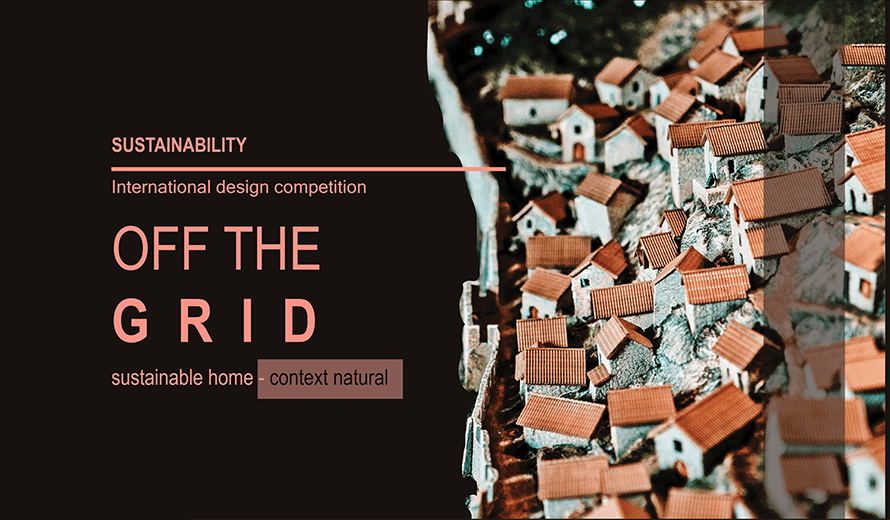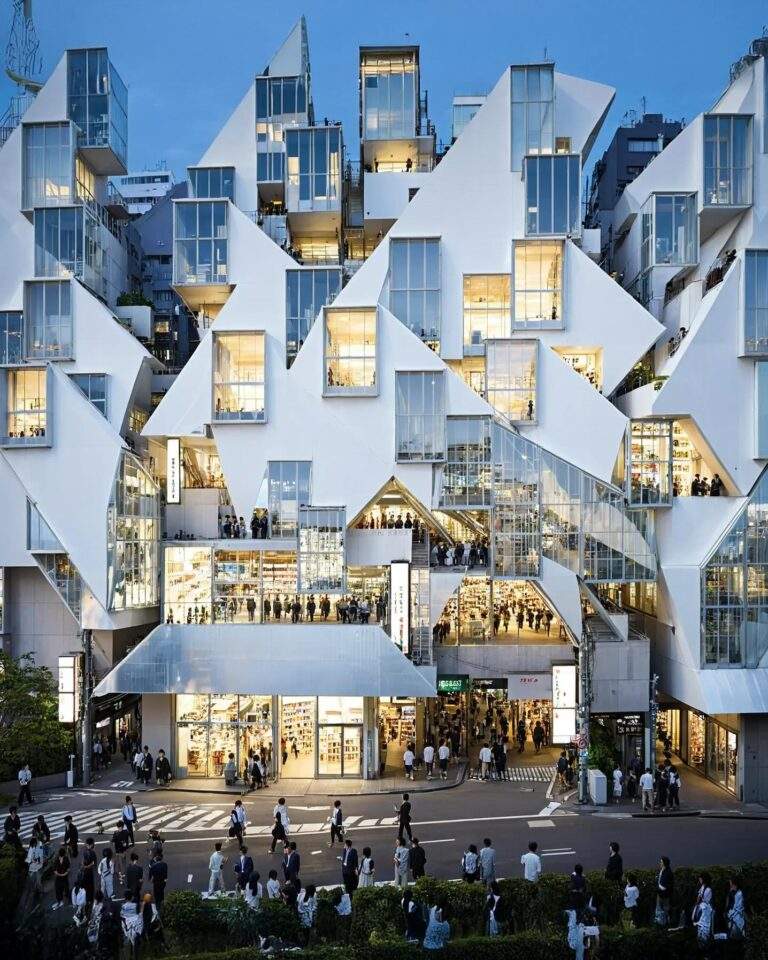Sustainability: Reality or Marketing? A Deep-Dive Analysis
Sustainability is a buzzword that has become increasingly ubiquitous in the architecture and construction industry over the past few decades. Companies are touting their materials, projects, and initiatives as “sustainable,” but behind the marketing, one must ask: is sustainability truly a core reality, or is it a convenient label for branding? To explore this question, we delve into the claims, practices, and standards that shape our understanding of sustainability and determine whether it is more than just a superficial trend.
The Growth of the Sustainability Movement
The rise of sustainability can be traced back to the environmental movements of the 1970s, gaining momentum with the United Nations’ Brundtland Report in 1987, which defined sustainable development as meeting the needs of the present without compromising the ability of future generations to meet their own. In the decades that followed, architects and developers began embracing green architecture as an essential practice. By the early 2000s, sustainable building certifications such as LEED (Leadership in Energy and Environmental Design), launched by the U.S. Green Building Council, became the gold standard for evaluating the environmental credentials of projects.
However, as sustainability became a trend, companies saw the potential for profit. Certification systems, like LEED, have been criticized for allowing projects to achieve certifications by focusing on checklist items that are often superficial. An example of this is the ability for a building to achieve points for having bike racks or installing water-saving fixtures, without addressing the broader systemic impacts of the building’s construction and life cycle. Critics argue that the rise of these point-based certification systems has sometimes enabled a form of “greenwashing” where the perception of sustainability is achieved without a genuine commitment to meaningful environmental change.
Marketing vs. Reality: Greenwashing and Its Impact
Greenwashing refers to the practice of making exaggerated or false claims about the environmental benefits of a product, service, or project. Many companies have been found guilty of inflating their green credentials, often using phrases like “eco-friendly” or “low-impact” without providing substantial evidence. The construction industry is no exception. For example, certain cement companies claim to produce “green concrete,” but research reveals that the carbon emissions involved in cement production remain significant, contributing roughly 8% of global CO2 emissions annually.
Another common example can be found in the use of so-called “sustainable” building materials. Bamboo flooring, for instance, is often marketed as a sustainable alternative to hardwood due to bamboo’s rapid growth cycle. However, the transportation of bamboo from Asia to markets in Europe and North America generates considerable carbon emissions, diminishing the material’s overall environmental benefit. Such examples illustrate how companies selectively present information to appear more environmentally responsible than they genuinely are.
Sustainability Metrics and Standards
Despite these challenges, it is important to recognize that not all sustainability initiatives are mere marketing ploys. Organizations worldwide have developed metrics and standards to help guide sustainable practices. Beyond LEED, other certifications like BREEAM (Building Research Establishment Environmental Assessment Method), WELL Building Standard, and Green Globes also set frameworks for designing and evaluating environmentally responsible buildings. These systems address various factors, from energy efficiency to water conservation and even indoor air quality.
For example, BREEAM, originally developed in the UK, emphasizes life cycle assessment (LCA), which provides a holistic overview of a building’s sustainability by examining every phase from material sourcing to demolition. WELL, meanwhile, focuses on enhancing the human experience through air, water, light, and comfort standards, ensuring that sustainability isn’t solely about environmental metrics but also about people.
In 2022, the International Energy Agency (IEA) reported that buildings account for almost 40% of global energy consumption, highlighting the significant opportunity for reducing carbon emissions in the built environment. This statistic underscores why such standards are vital genuine sustainability must extend beyond construction materials to include energy use, water consumption, and long-term building operation.
Case Studies: Reality Behind Sustainable Claims
The Bullitt Center in Seattle, USA, is often cited as the greenest commercial building in the world. Completed in 2013, it features rainwater harvesting, composting toilets, and energy production through solar panels. The building achieves net-zero energy, producing as much energy as it consumes, which sets a precedent for what is possible when genuine sustainability goals drive a project.
On the other hand, The Walkie-Talkie building in London faced backlash for its “green” design, which included a sky garden and energy-efficient systems. Despite these features, the building’s concave façade unintentionally concentrated sunlight, causing damage to cars and excessive heat at street level, leading many to criticize its actual impact. Such contrasts show how a well-meaning design with surface-level sustainable features can fall short if not holistically considered.
Sustainability as a Tool for Profit: The Corporate Narrative
It is undeniable that sustainability has become a valuable marketing tool, often leveraged to increase a company’s profitability and public perception. Consumers are increasingly inclined to support companies that prioritize the environment, creating a powerful incentive for brands to label themselves as green. According to a 2020 survey by IBM, nearly 60% of consumers reported that they were willing to change their purchasing habits to reduce environmental impact. Consequently, companies that market their products and buildings as “sustainable” often find it easier to attract investors and clients.
This is not inherently negative incentivizing sustainable development through profit motives has led to significant advancements in green technologies and awareness. The danger lies in when the narrative of sustainability is adopted only as a superficial enhancement, rather than a commitment. For sustainability to move beyond marketing, there must be transparency in claims, verifiable metrics, and a genuine dedication to reducing the environmental impacts of buildings.
The Future of Sustainability: Reality or Continued Marketing?
Looking ahead, the hope is that as both consumers and policymakers become more informed, superficial sustainability claims will no longer suffice. Tools like Environmental Product Declarations (EPDs) and advances in blockchain technology for supply chain transparency might soon hold companies more accountable. Additionally, governments are increasingly introducing stricter regulations such as the European Union’s Green Deal, which aims for all new buildings to be carbon-neutral by 2030. Such measures may reduce the prevalence of greenwashing and push for deeper, more authentic sustainable practices.
Ultimately, the balance between genuine sustainability and marketing lies in accountability and transparency. True sustainability must not only focus on reducing the carbon footprint of a single material or checking off boxes on a certification list. Instead, it must incorporate a broader, systemic approach that genuinely considers environmental, social, and economic impacts throughout a building’s lifecycle. As awareness grows, it becomes increasingly difficult for companies to hide behind buzzwords without backing them up with action an evolution that gives us hope for a greener and more honest future in the construction and architecture industry.







